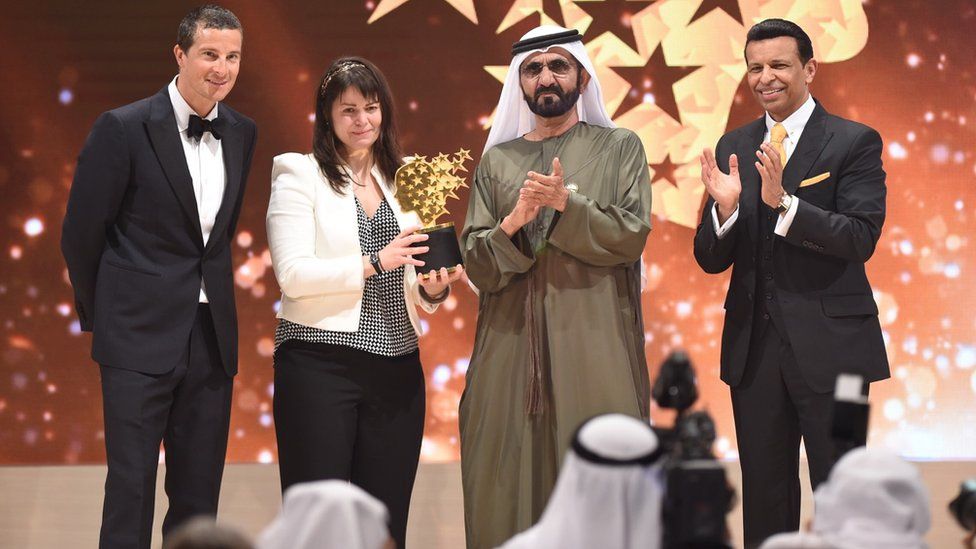Can we achieve our organizational goals in different cultural situations? Yes. We must be prepared to adapt appropriately in a range of cross-cultural situations. For example, the woman from China at the Wal-Mart did not respond when the new line opened and the clerk ANA GLOBAL, “next in line, aisle six is now open”!
In this situation, the verbal tone in which the message was delivered has different meanings across cultures. In a world of cultural diversity and crossing borders, acknowledging and adapting to differences is increasingly important, and will be a competitive advantage for the organization that adapts.
The 21st century global organization must be well-organized and able to adapt to an environment of crossing cultural boundaries. While it might sound strange, it is essential to know when to adapt to another culture and when to avoid doing so.
Adaptation often involves possessing a flexibility that is tailored for a specific cultural context. Effective global leaders recognize that while the demands of today’s intercultural environments make it impractical to know all the dos and don’ts of multiple cultures, there are certain behaviors that should be modified when we interact with other cultures.
The Wal-Mart check-out experience could have been received differently if the clerk spoke to the customer in line before going to her assigned register.
As global leaders you must adjust from viewing the environment and organization as a predictable and self-reliant entity to adjusting to a time of more global interdependence. Successful leaders will make this paradigm adjustment in order to manage a systemic organization; being aware of the entire system, not only parts.
Just as parts of the human body are unable to fully function independently, such is so for the successful organization. A systematic effort captures the diversity and the full range of the organization. Increasing global interdependence is analogous to a team.
The team possesses numerous talents but pursues the same goal. Team members function as the organs and muscles in the body. The body represents a cybernetic organism continuously aware of the environment via the five senses.
The internal environment reports hunger while the external environment conveys cold. The body utilizes the information to adjust in order to survive and to thrive. Is your organization responding to the information given and making the necessary adjustments to thrive in today’s global environment?
In order to rise above any potential barrier, it is necessary to know what to do as well as what not to do. This is true for global leaders. There is a shortage of global leaders. How can organizations access and develop individuals. What are the barriers to achieving global leadership?
Don’t avoid opportunities to gain knowledge. Never allow “I don’t know” be your final answer.
Do be inquisitive. Global leaders gain knowledge by doing something, not by waiting for something to be done. Read, travel, ask questions, seek out learning opportunities; the unknown, the unexpected. Immerse yourself in other cultures.
Do take advantage of perspective managing uncertainty. Discern when to obtain additional information and when to take action. Global leaders possess the ability to balance tensions triggered by duality. Develop many perspectives which embrace duality.
Do behavior in a manner that will allow you to earn trust from others. As a global leader make efforts to connect and establish relationship. Global leaders establish relationships to promote trust and goodwill. Additionally, do hold high ethics and protect your integrity; both inside and outside of the organization.
Do recognize global market opportunities for the organization. Successful global leaders know how to capitalize on these opportunities. Global leader must access all resources of the global organization. Develop value for your organization by acknowledging global market opportunities and knowing how to get the most out of them.
